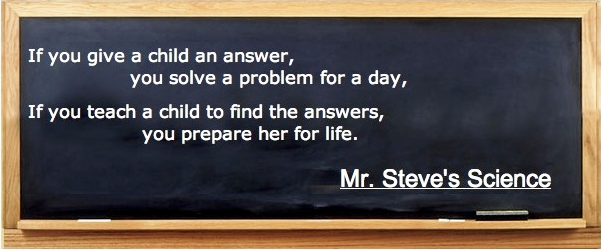Here is the Avalanche version. I will demonstrate the Galton Box in another post.

Here is a sample game board. Simply drag and drop a marble above the board and it will start to fall until it gets caught on the triangle shaped end of a gate or hits the bottom of the playfield.
The following is a blank board where you can drag and drop gates onto the playfield. Gridding is turned on to help you align the gates. You can turn it off when done. You can also drag in marbles (and color your own).
Here is a demo of the project:
You will need Etoys 5.0 to play them, you can download it here (its free and open source).
The game can be downloaded from here and if you have Etoys 5.0 installed played in your browser here.
Of course the best thing is to get the kids to step away from the computer and truly construct their own versions, using something like the technique below (or any others they can think of)
Now what would be really cool would be to have them construct their own Adding Machine like this:


